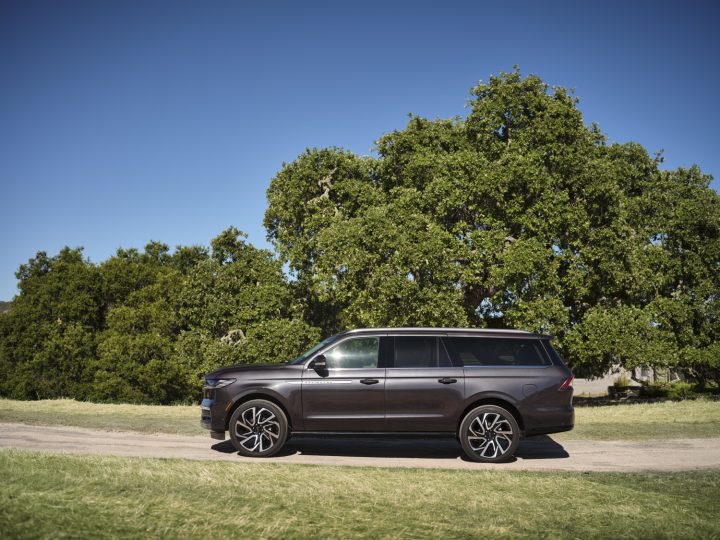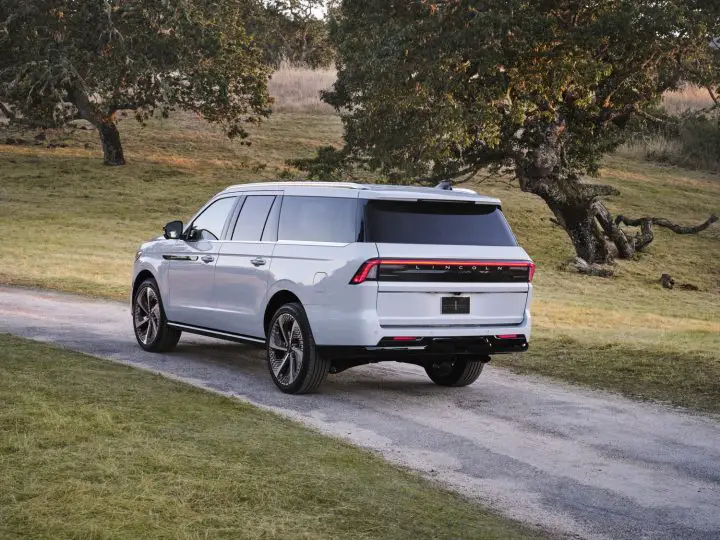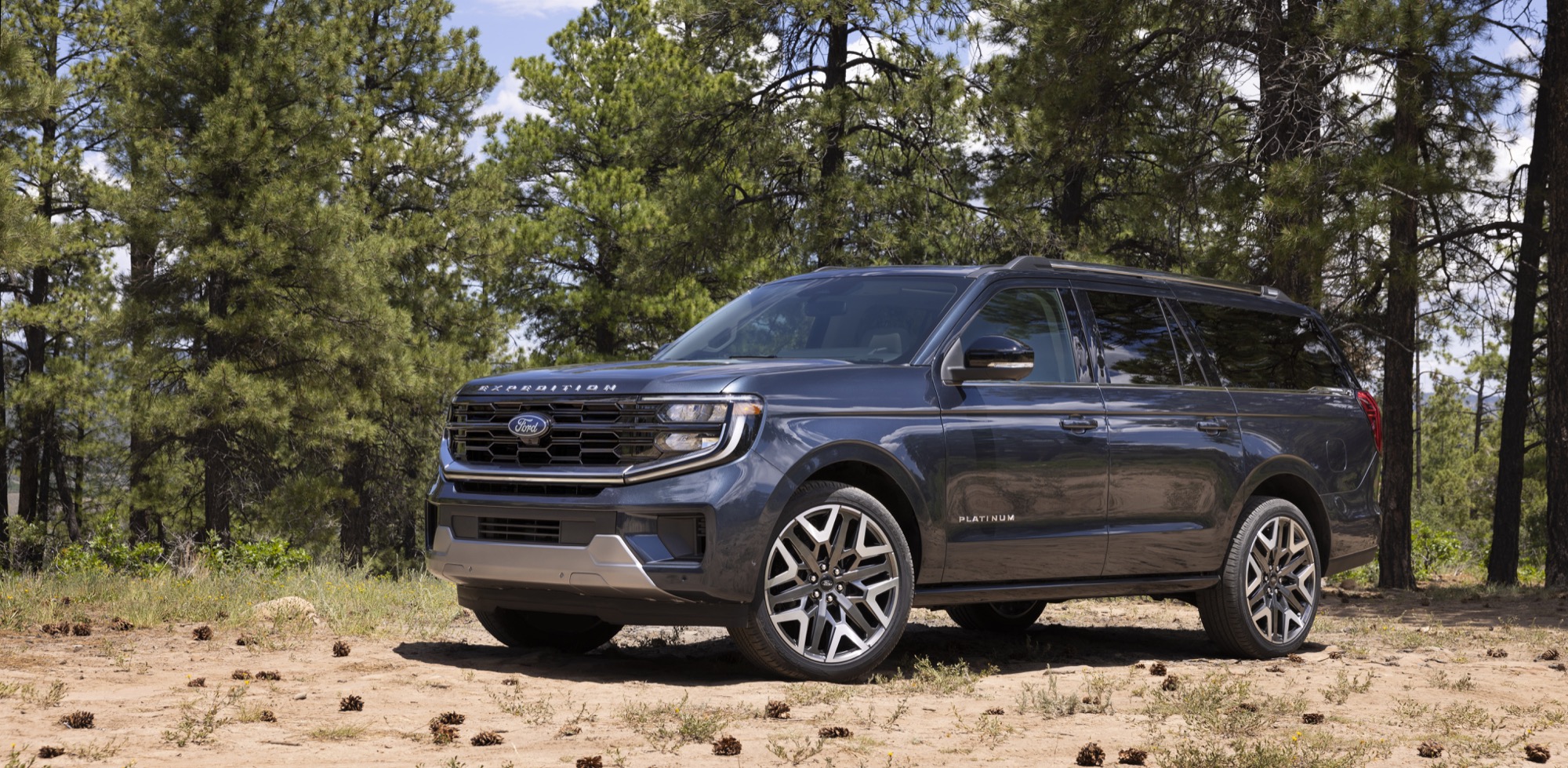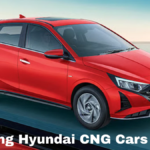In order to post or reply to comments, or manage your user settings
Not a member?
Sign up today
Lost your password?
In order to post or reply to comments, or manage your user settings
By Brett Foote
October 15, 2025 11:44 am
Given the fact that new car prices continue to creep upward – resetting the record books for years now – and interest rates are also elevated, it’s no surprise that consumers are feeling the effects of the decision to finance one. Rather, new car buyers are taking out longer loans to drive monthly payments down, and putting down less money up front than ever before. Problem is, those types of choices are also resulting in new records in terms of the sheer number of how many new car buyers are facing negative equity, and that continued to be the case in Q3 2025.
In Q2, 26.6 percent of trade-ins on new car purchases had negative equity, up from 26.1 percent in Q1 2025 and 23.9 percent in Q2 2024 – the highest such share on record since Q1 2021, when that figure was 31.9 percent. Now, according to new data from Edmunds, that number rose again in Q3 2025, to 28.1 percent and a new multi-year high mark. The average amount owed on these upside-down loans also hit a new record of $6,905 in Q3, beating out the $6,880 set in Q1 2025.
On top of that, 32.9 percent of these negative equity trade-ins were between $5,000 and $10,000 in terms of debt – another new record, which was also the case with those same types of trade-ins that carried over $10,000 in debt, as it finished the quarter at 24.7 percent. More shockingly, 8.3 percent of trade-ins with negative equity carried over $15,000 in debt, too.
“The sheer amount of debt consumers are carrying in their trade-ins should be a wake-up call,” said Ivan Drury, Edmunds’ director of insights. “Nearly one in three upside-down car owners owe between $5,000 and $10,000 – and a growing share owe far more than that. Much of this stems from shoppers trading out of vehicles too quickly, or carrying loans taken out during the pandemic car market frenzy, when prices were at record highs. Those choices are now catching up, making it far harder to buy again without piling on even more debt.”
“For many car owners, there’s no quick fix for being underwater. It’s about minimizing how much deeper you go,” said Joseph Yoon, Edmunds’ consumer insights analyst. “If you can, wait until you’ve paid down more of your balance before trading in. But if you do need to replace your car, make sure your next purchase fits your budget, not just your needs. The right vehicle choice can prevent a short-term decision from becoming a long-term setback.”
By Brett Foote
Brett’s lost track of all the Fords he’s owned over the years and how much he’s spent modifying them, but his current money pits include an S550 Mustang and 13th gen F-150.
We’ll send you one email per day with the latest Ford updates. It’s totally free.
But they keep on buying and don’t care. “Tom & Mary next door just got a new $70K SUV”, you know…
There is a quick fix for being underwater. Sell the depreciating asset, take your loss then go buy a 15-year-old Honda Accord and drive it to the wheels fall off
Even if you spent $3k-$4k a year keeping an older car on the road, it’s still cheaper than $700 to $1k+ a month!
Ford Authority is a must-read for Ford news, Ford rumors, Ford reviews, and information about Ford and Lincoln vehicles.
Join others in discussing Ford and Lincoln in our Ford and Lincoln Forums and browse photos of Ford and Lincoln vehicles in our Ford and Lincoln pictures gallery.
Please note that Ford Authority is a product of Motrolix LLC and is not sponsored, owned, or in any other way condoned by Ford Motor Company, its brands, subsidiaries, or partners.
We also encourage you to check out our sister publications:
Copyright © 2025 Motrolix. All rights reserved.












